Recycling your Keurig machine is an environmentally friendly way to dispose of your old coffee maker while contributing to sustainable waste management. As electronic devices become more prevalent in our daily lives, finding appropriate methods to recycle or repurpose them is crucial for reducing landfill waste and conserving natural resources.
This guide on how to recycle keurig machine will provide you with step-by-step instructions on how to responsibly recycle your Keurig machine, helping you make a positive environmental impact with minimal effort. Whether through local recycling programs or manufacturer take-back initiatives, there are several options available to ensure your Keurig is disposed of in an eco-conscious manner.
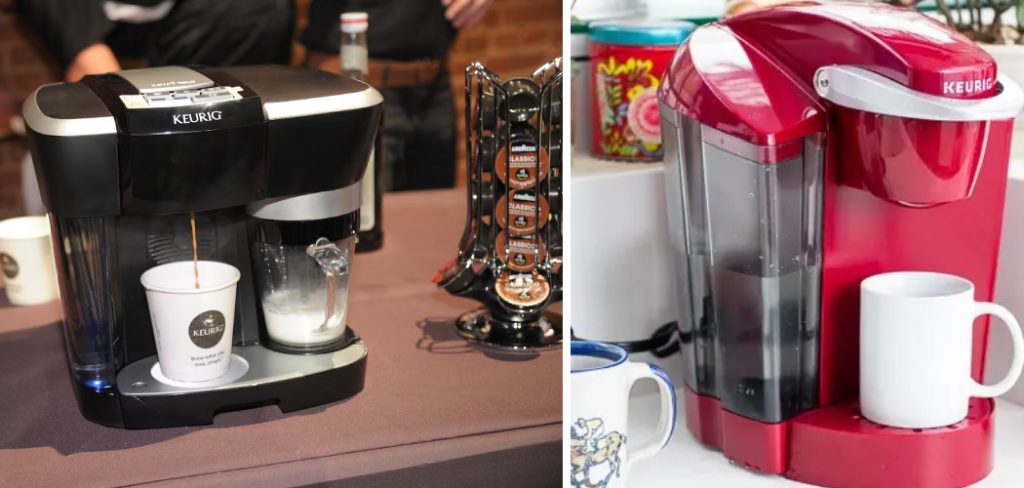
What is a Keurig machine?
A Keurig machine is a single-cup coffee maker that uses pods or K-Cups filled with ground coffee, tea, or hot chocolate to make individual servings. These machines became popular due to their convenience, allowing users to quickly brew a cup of their favorite hot beverage without the hassle of measuring and brewing traditional coffee. However, this also means that millions of used pods and machines end up in landfills each year.
It is estimated that Keurig Green Mountain, the company behind Keurig machines, has sold over 40 billion K-Cups since its introduction in 1998. With more and more people purchasing these single-cup coffee makers, it’s essential to consider how we can properly dispose of them when they no longer serve their purpose.
Why Recycle Your Keurig Machine?
Recycling your Keurig machine has several benefits for both the environment and society. Here are some reasons why you should consider recycling your coffee maker:
Reducing Landfill Waste:
As mentioned earlier, millions of Keurig machines and pods end up in landfills each year. By recycling, you prevent these items from taking up valuable space in landfills and potentially releasing harmful chemicals into the environment.
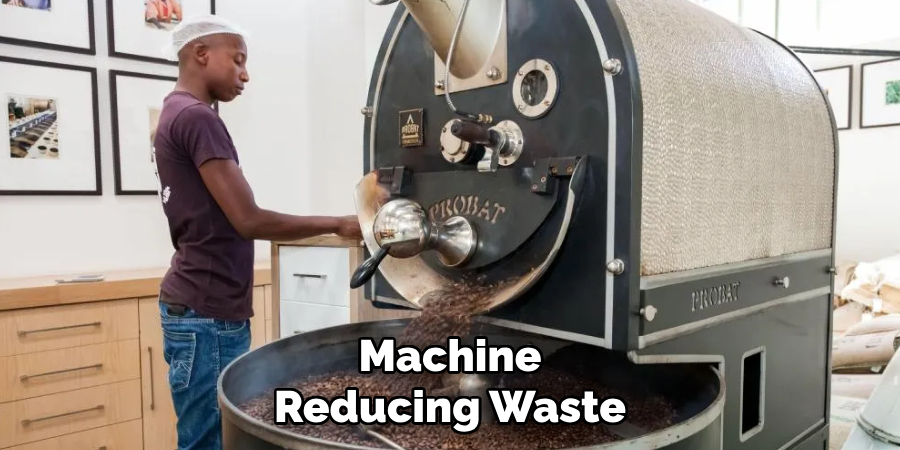
Conserving Natural Resources:
Electronic devices such as Keurig machines contain various materials, including plastics, metals, and glass. By recycling these materials, we can reduce the need for extracting and processing raw materials from the earth. This helps conserve natural resources and decreases greenhouse gas emissions associated with manufacturing new products.
Supporting Sustainable Waste Management:
Properly disposing of your Keurig machine through recycling means it will be handled by reputable waste management facilities that follow sustainable practices. This ensures that hazardous components are safely removed and valuable materials are recovered for reuse in other products.
Needed Materials
Before you start recycling your Keurig machine, make sure you have the following materials on hand:
- Screwdriver
- Pliers
- Box Cutter or Scissors
- Cleaning Supplies
- Recycling Bin or Box
8 Step-by-step Instructions on How to Recycle Keurig Machine
Step 1: Unplug Your Keurig Machine
Before you begin the recycling process, ensure that your Keurig machine is unplugged from the electrical outlet. This is a crucial safety step to prevent any risk of electric shock while you work on disassembling and cleaning the machine. Once the machine is safely disconnected, you can proceed with the next steps in the recycling process.
It is also important to note that some Keurig models may have a built-in battery compartment. If this is the case, make sure to remove the batteries before continuing.
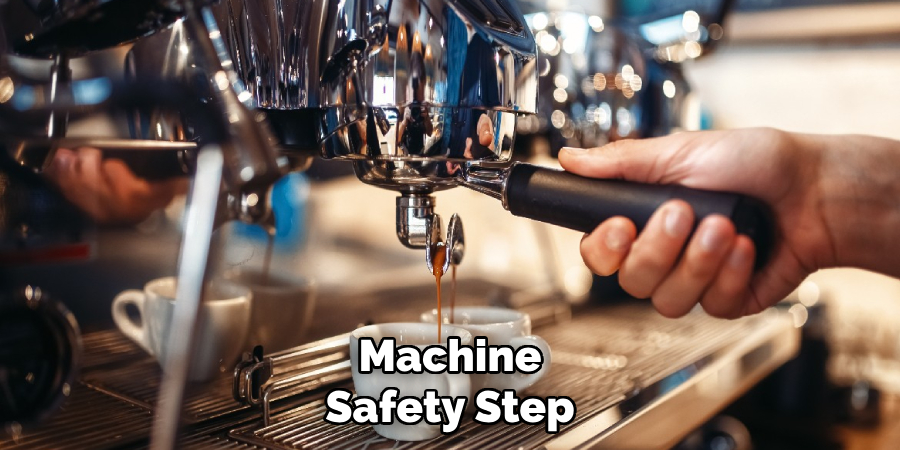
Step 2: Disassemble Your Keurig Machine
Using the screwdriver and pliers, carefully disassemble your Keurig machine. Start by removing the water reservoir, cup holder, and any other detachable parts from the main body of the coffee maker. Then, using the screwdriver, unscrew any visible screws on the machine’s exterior to access its internal components.
Once you have removed all detachable parts and exposed the inner workings of your Keurig machine, you can move on to step three.
Step 3: Remove and Dispose of Pods
Once the Keurig machine has been disassembled, it’s important to remove any pods or K-Cups that may still be inside. Carefully check the pod holder and remove any used or unused pods. For unused pods, consider donating them if they are still sealed, as they may be useful to someone else. For used pods, separate the coffee grounds from the plastic or aluminum components.
The coffee grounds can be composted, while the plastic and aluminum parts should be disposed of according to your local recycling guidelines. By properly disposing of the pods, you further minimize the environmental impact and ensure each component is handled responsibly.
Step 4: Clean the Machine
Once all the detachable parts and pods have been removed, use cleaning supplies to thoroughly clean your Keurig machine. This will help remove any remaining debris or residue and ensure that it is in good condition for recycling.
It’s important to note that some Keurig models may have a water filter. Be sure to remove and dispose of the filter according to the manufacturer’s instructions.
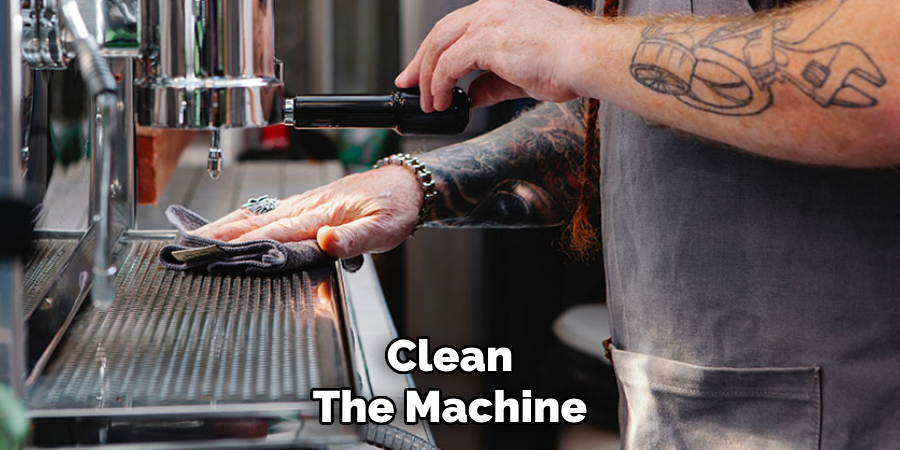
Step 5: Separate Materials for Recycling
After cleaning, separate all the different materials from your Keurig machine. This includes plastics, metals, glass, and any other components you may find. Check with your local recycling program or facility about the specific materials they accept.
If your area does not have a recycling program for electronic waste, you can also check if the manufacturer offers a take-back program or other responsible disposal options.
Step 6: Prepare Materials for Recycling
Once all materials are separated, it’s essential to prepare them properly for recycling. This may include breaking down larger parts into smaller pieces and removing any non-recyclable components such as rubber or foam.
It’s also important to ensure that there are no liquids left in the machine, especially if it has a water reservoir. These liquids can contaminate certain recyclable materials and make them unrecyclable.
Step 7: Recycle Each Material Properly
Recycling guidelines and accepted materials may vary by location, so make sure to check with your local recycling program or facility on how to properly recycle each material from your Keurig machine.
For example, plastic components such as the pod holder and water reservoir can typically be recycled in curbside recycling programs. Metal components, such as screws and heating elements, can also be recycled but may need to be taken to a designated drop-off location.
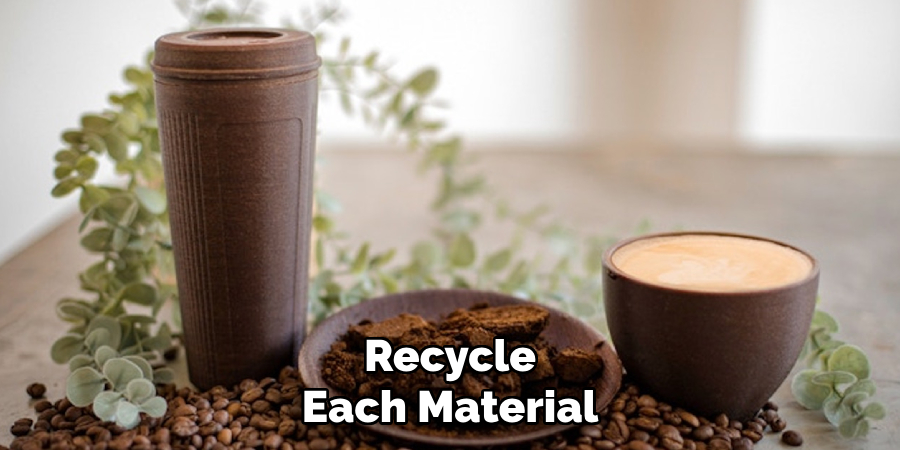
Step 8: Properly Dispose of Non-Recyclable Parts
If there are any parts of your Keurig machine that cannot be recycled, such as rubber gaskets or foam insulation, dispose of them according to your local waste management guidelines. This may include throwing them in the trash or taking them to a designated waste facility.
By properly disposing of non-recyclable parts, you ensure that they do not end up in landfills where they can potentially release harmful chemicals and contribute to pollution.
Following these 8 simple steps on how to recycle keurig machine, you can properly recycle your Keurig machine and contribute to more sustainable waste management practices. Remember to always check with your local recycling program or facility for specific guidelines and disposal options in your area. Let’s work together towards a greener future by responsibly disposing of our electronic waste.
Things to Remember
- Always unplug your machine before recycling.
- Separate materials for recycling and properly dispose of non-recyclable parts.
- Check with your local recycling program for specific guidelines.
- Consider donating unused pods to reduce waste.
- Remember to clean the machine before recycling to ensure proper handling and processing of materials.
- Look into take-back programs or other responsible disposal options if your area does not have a recycling program for electronic waste.
- Recycling your Keurig machine not only helps the environment but also conserves valuable resources by giving them a second life.
- Practice responsible recycling to contribute to a more sustainable future.
Frequently Asked Questions
Q1: Can I Recycle My Keurig Machine if It is Broken or Damaged?
A1: Yes, you can still recycle your Keurig machine, even if it is broken or damaged. However, be sure to remove any hazardous components and dispose of them properly.
Q2: Do I Need to Clean My Keurig Machine Before Recycling?
A2: While it is not necessary, cleaning your Keurig machine before recycling can help make the process smoother and ensure that each component is disposed of properly.
Q3: Can I Recycle K-Cups/Pods?
A3: Yes, you can recycle K-Cups or pods by separating the plastic or aluminum components from the coffee grounds and disposing of them accordingly. Alternatively, you may also consider using reusable pods to reduce waste.
Q4: Are All Parts of a Keurig Machine Recyclable?
A4: Not all parts of a Keurig machine are recyclable. Some may contain non-recyclable materials such as rubber or foam insulation, which should be disposed of according to your local waste management guidelines. Check with your recycling program or facility on what specific materials they accept.
Conclusion
Recycling your Keurig machine is a simple yet important step towards reducing waste and supporting sustainable practices. By following these eight steps on how to recycle keurig machine, you can responsibly dispose of you Keurig machine and contribute to a cleaner and healthier environment.
Remember to also consider reducing your use of single-serve coffee pods and opting for more sustainable alternatives such as reusable filters or traditional coffee makers. Small changes like these can have a significant impact in the long run. Let’s all do our part to support sustainable waste management practices. So, start recycling your Keurig machine today!
Professional Focus
Angela Ervin, a former interior designer turned blogger, specializes in kitchen design and renovations. Through her website, she blends her passion for cooking with design expertise, sharing practical and creative ideas. Known for balancing functionality and beauty, Angela’s insightful content has made her a trusted voice in home design and lifestyle.
About the Author
Angela Ervin, an experienced interior designer and blogger, combines her passion for kitchen renovations with storytelling. Living in Petersburg with her family, she enjoys cooking and testing her projects firsthand. Known for her humor and relatable style, Angela shares creative, functional design insights through her content, making her a trusted voice in home design.
Education History
University: Virginia Commonwealth University
Degree: Bachelor of Fine Arts (BFA) in Interior Design
- Angela’s education at VCU focused on mastering core interior design principles, including spatial planning, color theory, materials selection, and sustainable design practices.
- She gained hands-on experience through studio projects and collaborative design exercises, which honed her ability to create functional and aesthetically pleasing environments.
- Her coursework also emphasized problem-solving and practical applications of design, preparing her for real-world projects like her self-directed kitchen renovations.
- The program’s strong foundation in both technical skills and creative expression shaped Angela’s ability to seamlessly integrate form and function in her work.


